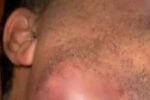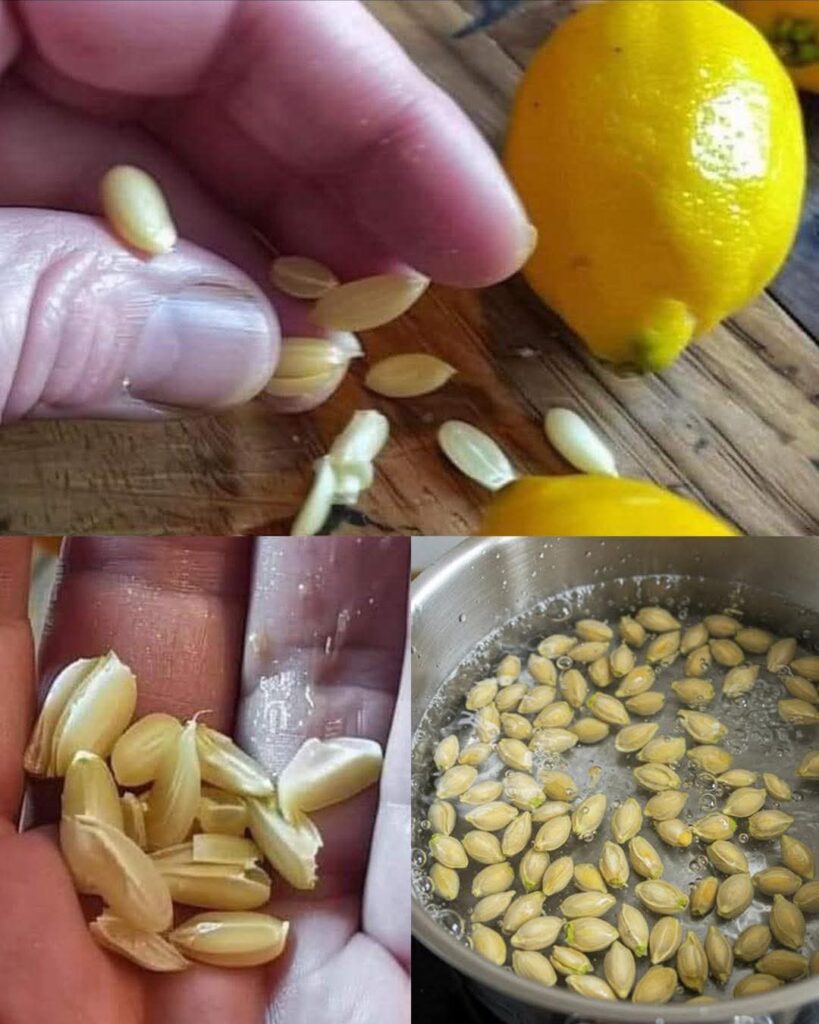Sebaceous Filaments: What They Are and Why They Appear on Your Face

If you’ve ever noticed tiny gray or yellowish dots on your nose, chin, or forehead, you’re not alone. These aren’t blackheads—they’re called sebaceous filaments, and nearly everyone has them. But what exactly are they, and should you be worried?
What Are Sebaceous Filaments?
Sebaceous filaments are natural components of your skin. They’re tiny collections of sebum (oil) and dead skin cells that line the inside of your pores. Unlike blackheads, which are clogged pores, sebaceous filaments help guide oil from your sebaceous glands to the surface of your skin, keeping it moisturized.
Why Do They Appear?
You’re more likely to notice them if you have oily skin, enlarged pores, or overactive sebaceous glands. When oil production is high, these filaments become more visible, especially around the nose and T-zone.
Are They Bad for You?
Not at all! They’re completely normal and necessary for healthy skin. However, they may look like blackheads or dirt, leading some people to try and squeeze them out—which can do more harm than good.
Should You Try to Remove Them?
While it’s tempting, removing sebaceous filaments by squeezing can enlarge pores, cause redness, or lead to irritation. They’ll also just come back in a few days because your skin constantly produces oil.
How to Reduce Their Appearance Naturally
- Gentle Exfoliation – Use a salicylic acid cleanser 2–3 times per week to keep pores clean.
- Clay Masks – These help absorb excess oil and tighten pores.
- Niacinamide or Retinol – Both help regulate oil production and smooth skin texture.
- Don’t Overwash – Stripping your skin of oils causes more oil production.
FAQs
Are sebaceous filaments the same as blackheads?
No. Blackheads are oxidized oil plugs; sebaceous filaments are natural structures that help oil reach the skin’s surface.
Can I get rid of them permanently?
Unfortunately, no. Since they’re a natural part of your skin, you can only minimize their appearance.
Do they mean my skin is dirty?
Not at all. Even the cleanest skin will have sebaceous filaments—especially if it’s naturally oily.
When should I see a dermatologist?
If you’re unsure whether you have sebaceous filaments or blackheads, or if your skin reacts badly to products, a dermatologist can help you choose the best routine.






